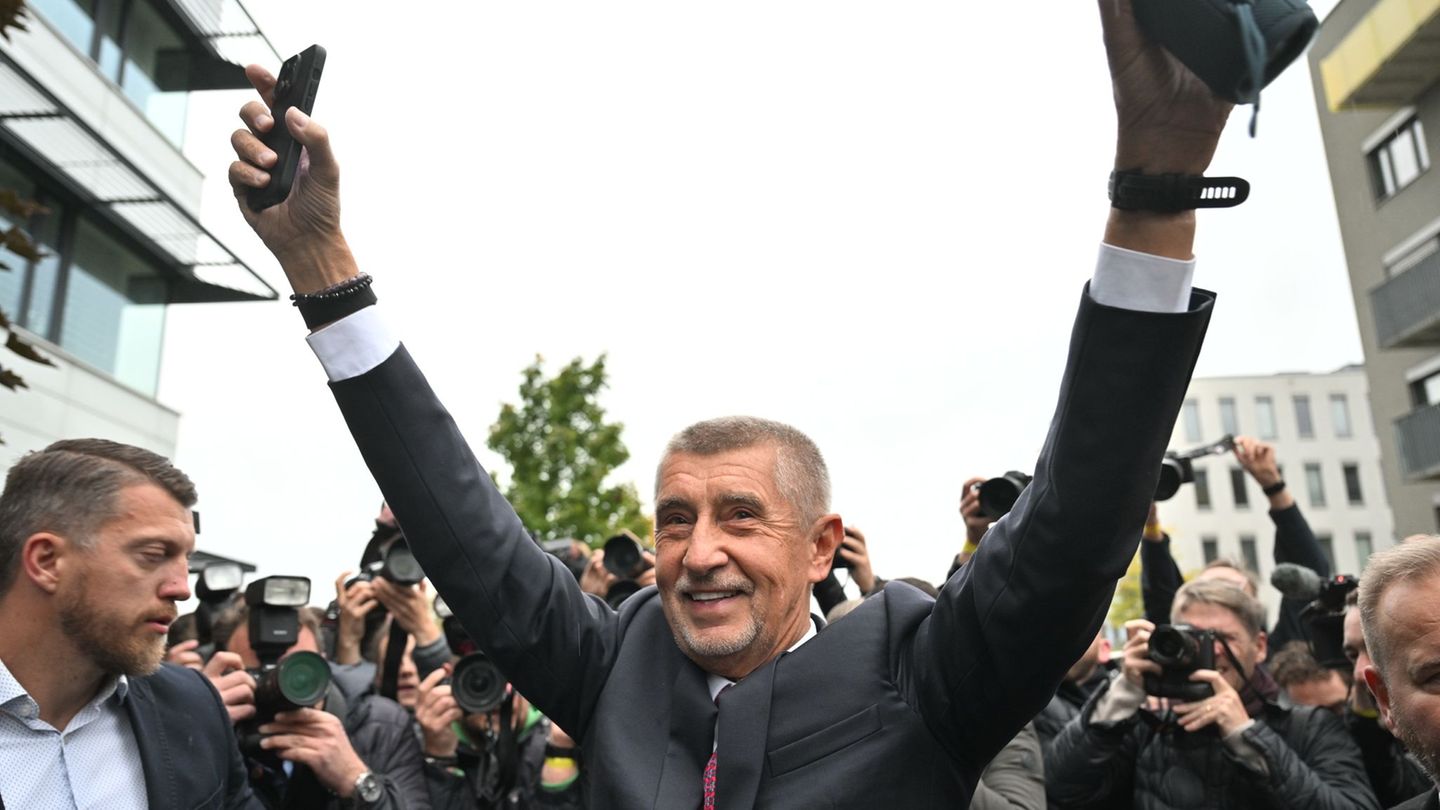No mask anywhere. Neither in the station building nor in the tram or in the pharmacy. This is Kraków, this is Poland. Still masked, however, the exit from the night train from Austria takes place early in the morning, only to stumble straight into the station toilet and – to be surprised: Fittings from Villeroy & Boch, the tiles sparkle, the pleasant mirror lighting is balm for tired eyes and is also flattering the complexion. Where did we end up…?
… In a city that was the Polish capital for 500 years, which has the second oldest university in Central Europe, which belonged to Austria in the 18th century, where John Paul II spent almost his entire life before he became pope and its entire old town as one of the first world cultural monuments to be included in the UNESCO list. At the latest on Kraków’s main market you know why – because the eye doesn’t know where to look first: to the town hall tower, which has been here for 700 years, to the 40 medieval town houses and noble palaces that are lined up 200 by 200 meters, or to the Cloth Hall, which extends with its arcades over a length of more than 100 meters.


Fabrics, spices and silk were traded here as early as the Middle Ages. Today, you can stock up on souvenirs and crafts, or descend into underground medieval Kraków, discovered during archaeological digs. All in good time. Meanwhile, the view is directed upwards to the two differently high towers of the Marienkirche. For 200 years, a window has opened every hour on the hour and a man with a trumpet has blown the “Hejnal”, the signal of triumph, from the tower.
Cosmopolitan city of coffee houses and churches
But it’s still too early for the tower trumpeter. For the time being, a different kind of pick-me-up is needed. The first café that grants admission is the right one, and amazement follows again. High-ceilinged rooms from which Art Nouveau chandeliers dangle, a wooden counter made to look old, cozy velvet sofas and leather armchairs to sink into. As it turned out, the people of Kraków have a special coffeehouse culture and even claim that the cappuccino originated in their city. It stands up to Italian comparisons just like the espresso, and the ambience in the coffee houses is also convincing: There are the traditional ones, such as Café Europejska (Café Europa), which is reminiscent of the elegance of Viennese coffee houses, and the artist cafés, such as the windowless Jama Michalika ( Michalik’s Cave), which was frequented by Kraków’s poets and actors in the late 19th century.


If you’re lucky, you might get a raised window seat in romantic Camelot with its pink-washed walls. According to the Washington Post, it has the best coffee in the world, but try the mulled wine with raspberries and vanilla ice cream and you won’t regret it. There are said to be 150 coffee houses with a special touch in Kraków. The number of churches is in no way inferior to this. On the contrary. The city of 780,000 inhabitants, which is said to have 360 listed churches, is also called the “Second Rome”.


Time to visit Kraków’s most important place of worship. The ornate and colorful interior of St. Mary’s Church does not disappoint. The gaze inevitably wanders up into the blue (church) sky, from which hundreds of golden stars shine – and forwards: the carved altar, the largest Gothic sculpture of its kind in the world, has almost 200 figures. A masterpiece of sculpture, which the German Veit Stoss carved for twelve years. According to legend, two brothers are responsible for the two different towers of the basilica. When one noticed that the other built his tower much faster, he killed the construction manager out of jealousy, the tower was never completed.
Pansies on the church wall
On the other hand, the Franciscan church appears inconspicuous from the outside, while inside you feel surrounded by a flower meadow. The Art Nouveau artist Stanislaw Wyspianski (1869–1907) painted the transept and choir with geometric motifs and typical Polish flowers, such as pansies. A scandal back then. Nonetheless, Wyspianski was later commissioned to design the church windows. Anyone standing in front of it can only think one thing about the splendor of colour: they have surpassed themselves. “God Father – (it) become (light)!” is the name of the famous stained glass window and shows the same at the moment of the creation of the world.


Not far away, in the Czartoryski Museum, there is another famous work of art in the world. To get a glimpse of the “Lady with an Ermine”, one of the four portraits of women painted by Leonardo da Vinci, you first have to go through 21 exhibition rooms. But a visit is worthwhile because the venerable building is now a feast for the eyes after ten years of renovation and you are in the oldest museum in Poland. It was founded in 1796 by a woman – Princess Izabela Czartoryska. She called it “Temple of Remembrance”.
useful information
- Getting there: With the Nightjet daily (10:10 p.m.) from Vienna Central Station
- Currency: Poland has been a member of the EU since 2004, but not in the European Monetary Union. The means of payment is therefore still the zloty (1 zloty = 0.21 euros). However, paying with a debit card (even small amounts) is common practice.
- Meal: Zapiekanki, Polish fast food when you’re in a hurry. A cheese-gratinated baguette with mushrooms, onions and spices – and lots of ketchup, if you like.
You should definitely try Pierogi (pierogi). The dumplings are traditionally served with a potato and cheese mixture. Although Polish cuisine is considered to be very hearty and meat-heavy, there are many alternatives, especially in the Jewish quarter: “Kolanko No 6” has a breakfast buffet (9am-12pm) for 30 zloty per person; in “Alchemia” and in “Kuchni” vegan and vegetarian dishes, but not only. Traditional Polish cooking is served at “Zalewajka” and hummus fans should go to “Hummus Amamamusi”.
Source: Nachrichten




